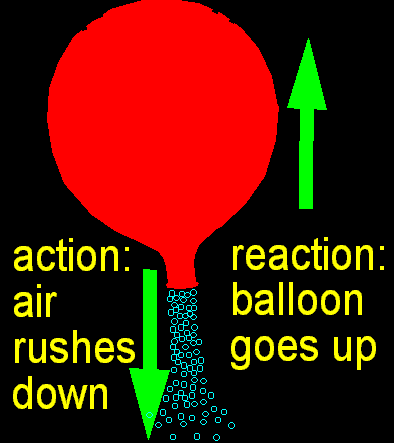NEWTONS LAWS OF MOTION:
NEWTONS FIRST LAW OF MOTION :
If the (vector) sum of all the forces acting on a particle is zero then and only then the particle remains unaccelerated (i.e., remains at rest or moves with constant velocity).
If the sum of all the forces on a given particle is F → and its acceleration is a → , the above statement may also be written as “ a → = 0 if and only if F → = 0 ”. Thus, if the sum of the forces acting on a particle is known to be zero, we can be sure that the particle is unaccelerated, or if we know that a particle is unaccelerated, we can be sure that the sum of the forces acting on the particle is zero.
2 NEWTONS SECOND LAW OF MOTION:
The acceleration of a particle as measured from an inertial frame is given by the (vector) sum of all the forces acting on the particle divided by its mass
In symbols : a →= F → /m or, F → = m a → . … (5.2) The inertial frame is already defined by the first law of motion. A force F → acting on a particle of mass m produces an acceleration F → /m in it with respect to an inertial frame. This is a law of nature. If the force ceases to act at some instant, the acceleration becomes zero at the same instant. In equation (5.2) a → and F → are measured at the same instant of time
3 NEWTON’S THIRD LAW OF MOTION:
“If a body A exerts a force F→ on another body B, then B exerts a force − F → on A.” Thus, the force exerted by A on B and that by B on A are equal in magnitude but opposite in direction
This law connects the forces exerted by two bodies on one another. The forces connected by the third law act on two different bodies and hence will never appear together in the list of forces at step 2 of applying Newton’s first or second law. .




Comments
Post a Comment